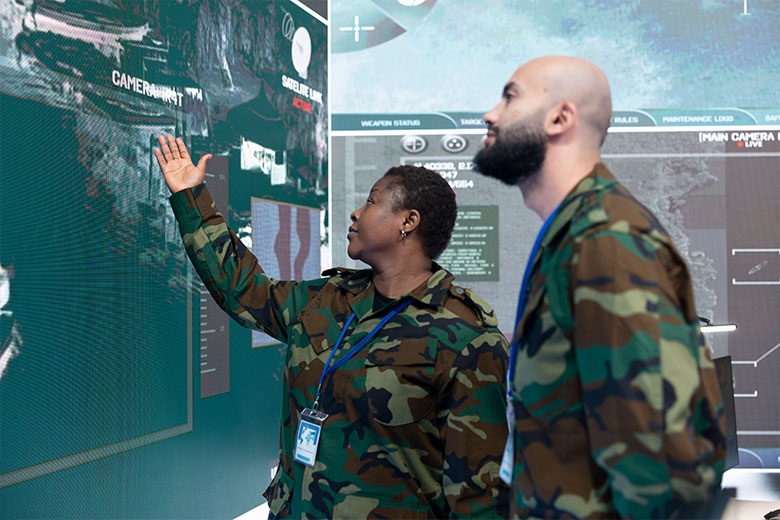- New York, NY
- info@thoraven.com
Operator-Centric UX & Human Factors Analysis
- Home
- Operator-Centric UX & Human Factors Analysis

Field performance depends on how real users think, move, and decide. Our operator-centric UX analysis in New York City, NY, aligns product behavior with the cognitive and physical demands of operators working under pressure. Deliverables are structured for engineers, program leaders, and acquisition teams—offering evidence that supports formal reviews and decision authority.
We evaluate how your system performs in the hands of tactical users from concept through deployment. Each finding connects to observable evidence, operational context, and a defined remediation path.
This process is executed by SOF and national security professionals who combine operational experience with academic and technical expertise. The objective is practical usability under extreme conditions and full mission alignment. Our defense human factors analysis in New York City, NY, ensures your technology performs when it matters most.
Use this service when your team needs a defense human factors analysis in New York City, NY that extends beyond lab-based heuristics. It’s suited for early prototypes, pre-T&E hardening, and readiness validation before user evaluations. Findings directly support tactical operator UX analysis in New York City, NY, field exercises, and training operations.
You receive:
ThoRaven Ventures delivers operator-centric UX analysis in New York City, NY, that combines battlefield experience with human-centered design rigor. Every engagement ensures that technologies are validated through real-world stress, optimized for defense usability, and supported by an evidentiary chain trusted by acquisition authorities.
Find
Conduct short interviews and task breakdowns to establish mission success criteria and operational constraints. Stakeholders include operators, trainers, and maintainers from active programs in New York City, NY operator-centric UX analysis initiatives.
Assess
Execute hands-on trials in realistic conditions that expose friction points, environmental influences, and error patterns. All sessions are recorded, capturing operator feedback and tactical language for design context.
Validate
Perform iterative retests confirming measurable improvements in cognitive load and execution time. Validation is based on quantifiable outcomes, not subjective opinions.
Integrate
Translate confirmed findings into engineering requirements, backlog items, and training notes. Outputs integrate directly into agile workflows and acquisition documentation.
Effective UX analysis in defense systems requires more than usability metrics—it demands an understanding of how mission environments shape decision-making. Our operator-centric UX analysis in New York City, NY, merges field intelligence with structured design evaluation.
Through collaborations with active and retired SOF personnel, we analyze user behavior under stress, fatigue, and variable environmental loads. This approach enables defense programs to:
By integrating this data into engineering and acquisition documentation, ThoRaven helps development teams justify design decisions with empirical evidence. The outcome is a system that performs intuitively in both simulated and live operational scenarios—a core reason why our operator-centric UX analysis in New York City, NY, is trusted by mission-driven defense innovators.
Our team operates within cleared environments, follows strict need-to-know protocols, and separates classified data from general UX artifacts. This enables actionable design refinement while safeguarding sensitive program material.
Each observation is traceable to raw evidence, timestamps, and tester identity. This creates a defensible record for reviews, contract milestones, and audit requirements—critical for government programs.
Findings map directly to mission tasks, tactics, and training gates. This ensures recommendations align with SOPs and unit curricula without requiring external translation.